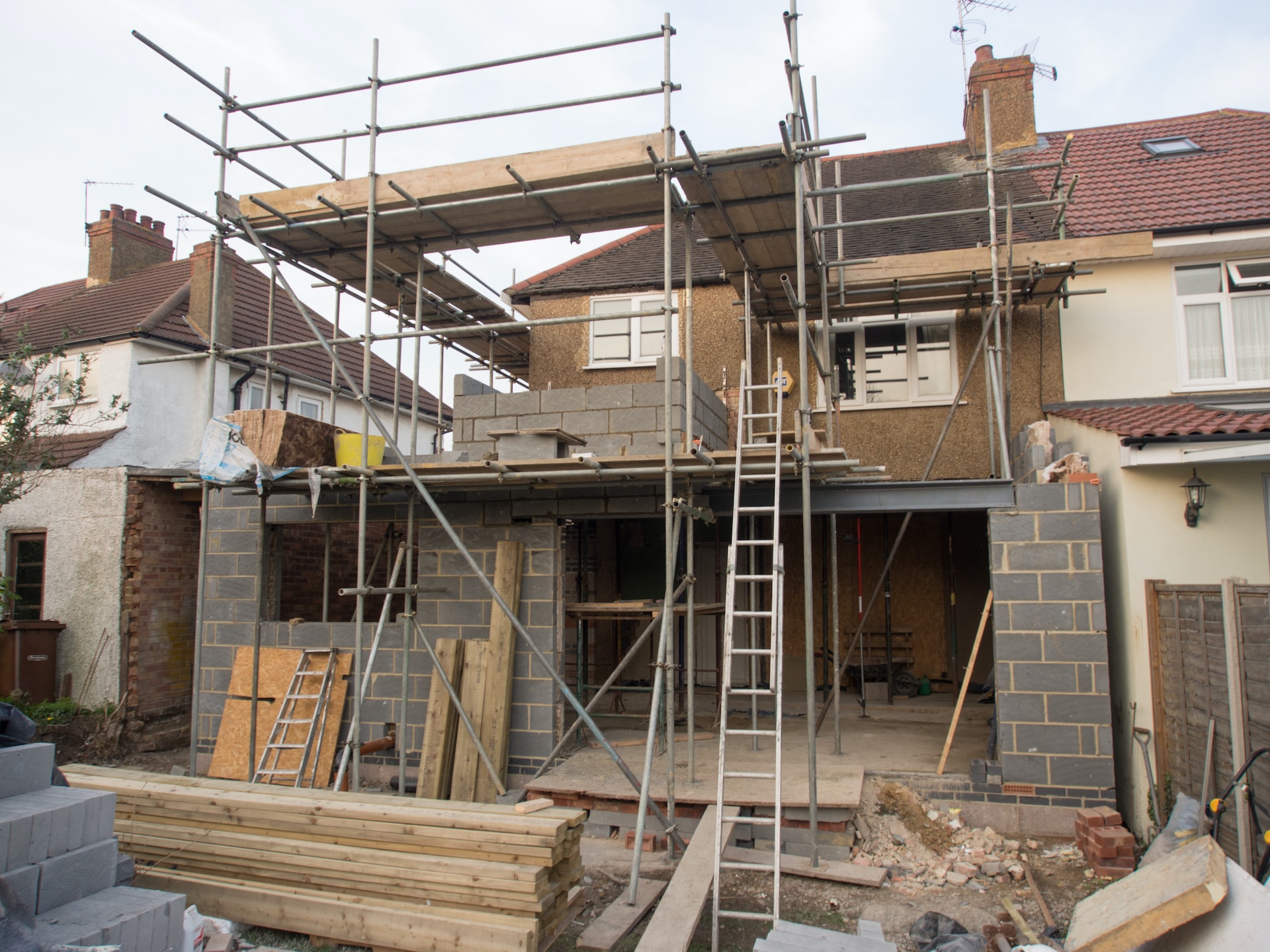Deciphering Contractor Lingo: A Homeowner’s Guide to Grasping Renovation TerminologyDeciphering Contractor Lingo: A Homeowner’s Guide to Grasping Renovation Terminology
Navigating a home remodelling job can be complicated, specifically when conversations with your contractor appear like they’re occurring in a different language. The world of building, as pointed out at
https://dream-home-remodeling.com/santa-clara/
, is filled with specific terms and phrases that can be bewildering to the uninitiated.
This short guide aims to bridge that gap, offering clear explanations for some of the most typical “contractor speak” you’re likely to encounter throughout a redesigning job. By arming yourself with this understanding, you’ll be better prepared to interact efficiently, make notified decisions, and ensure your renovation runs efficiently.
Understanding the Basics
Change Order: A formal file that outlines any modifications to the original project plan, consisting of adjustments in expense and timeline. It’s vital because it ensures both celebrations settle on changes after the agreement is signed, says
DreamHome Remodeling & Builders 36 Harold Ave A6, Santa Clara, CA 95050
.
Bearing wall: This is a wall that supports the weight of the components above it, such as the roofing system or upper floors. Getting rid of or modifying these walls requires mindful planning and frequently, reinforcement techniques.
R-Value: A procedure of insulation’s ability to withstand heat circulation. The greater the R-value, the better the insulation efficiency. Understanding this can help you make energy-efficient options in your remodelling.
Browsing the Process
Draw: Part of the payment plan for the project, a draw is a set up release of funds from the funding source, based upon the conclusion of pre-defined stages of work. It guarantees the professional makes money for progress without the house owner footing the whole expense upfront.
Subcontractor: Experts hired by the basic specialist to perform specific tasks, such as plumbing, electrical, or roof. Understanding this role assists you comprehend who’s responsible for what in your restoration.
Punch List: A list created at the end of the job detailing minor tasks and repair work that require to be completed before last payment is made. It’s the goal of your job, ensuring whatever satisfies your standards.
Budgeting and Agreements
Contingency: A budgetary buffer (normally 10-20% of the project cost) reserve for unexpected costs. Having a contingency is important for addressing surprises without blowing your general budget.
Lien Waiver: A file from the specialist or subcontractor mentioning they have gotten payment and waive any future lien rights to your residential or commercial property for the quantity defined. It’s important for safeguarding yourself versus claims for overdue work.
Scope of Work: A comprehensive description of all work to be carried out under the agreement, including products, labor, and services. Clarity in the scope of work prevents misunderstandings and disputes.
By familiarizing yourself with these terms, you’ll not only improve your interaction with your contractor however likewise get self-confidence in supervising your home remodelling task. Remember, a well-informed homeowner is an empowered house owner. Accept the renovation journey with knowledge and confidence, knowing you’re well-equipped to deal with the professional speak.


